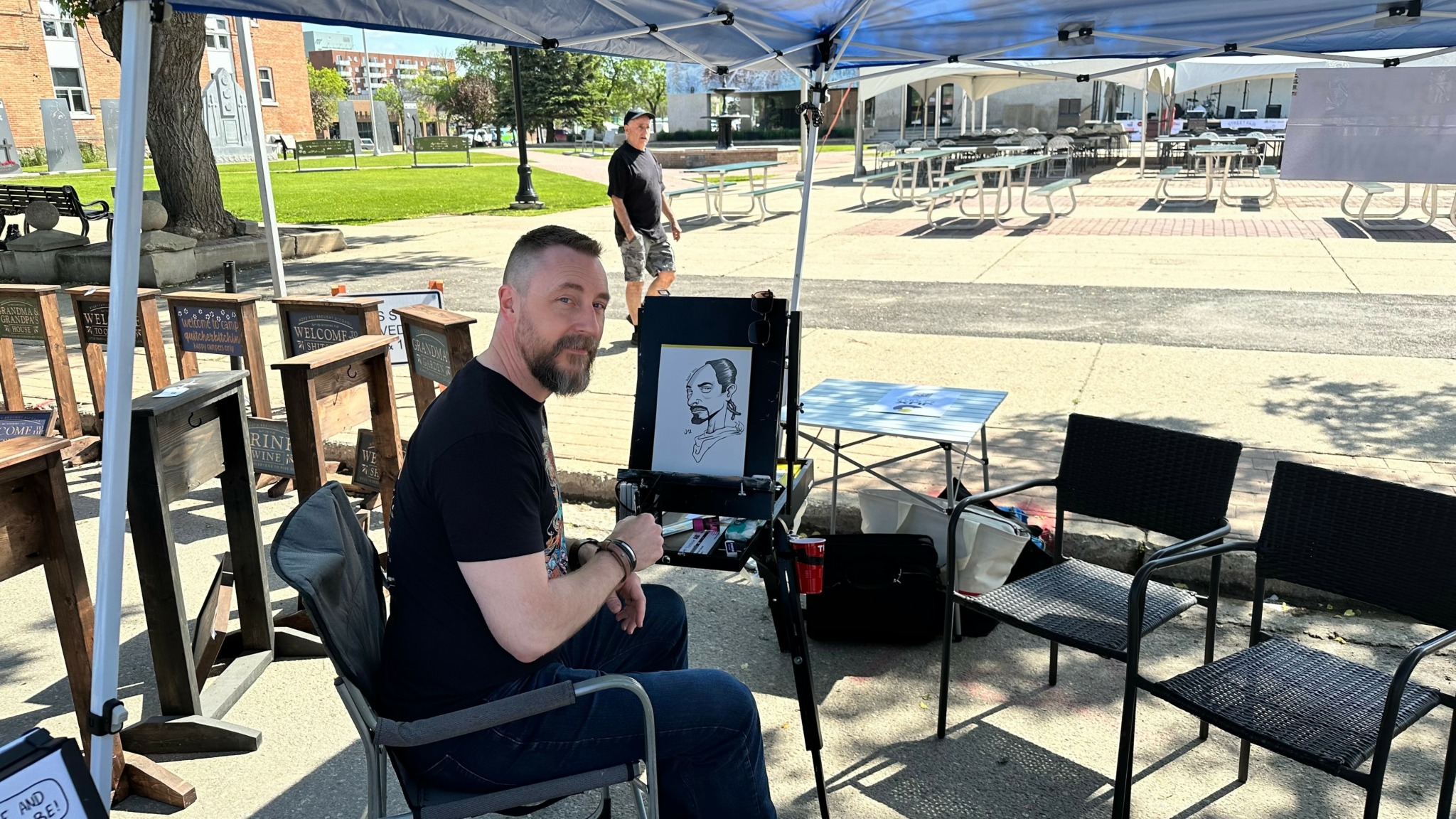We recently connected with Jasen Bellamy and have shared our conversation below.
Jasen, looking forward to hearing all of your stories today. We’d love to hear about when you first realized that you wanted to pursue a creative path professionally.
At the age of 49, I walked into my boss’s office, sat down, and said,
“I’m going to move in a different direction with my life, so I’m quitting.”
Just like that.
First, he laughed uneasily. Then he asked if I was serious. Then he asked what I was going to do. So I told him my backstory.
I grew up with a pencil in my hand. My mom still has a comic book I drew when I was three — recognizable superheroes, complete with costumes, insignias, and muscles. I always said that when I grew up, I was going to be an artist. That mindset never left me. I was always waiting to finally grow up and become an artist. But somehow, I was never quite there.
In elementary school, teachers would hand us prepared projects for art class. I always found a way to make mine different. The next day, I’d find my work on the wall, my flourishes erased or covered so it matched the others. I always argued. I always lost.
By high school, the one and only art teacher laid out a strict set of rules for drawing a “successful” portrait. I wasn’t interested. So, I left.
Later, when it came time to choose a college or university, my guidance counselor asked why I hadn’t filled out the questionnaire designed to help us “find our path.”
“I don’t have a path,” I told him.
When he asked about my hobbies, I said I loved to draw. He suggested art school, and I loved the idea — but the tiny world I was raised in told me art wasn’t a career. It was a hobby.
“There’s no money it,” I was told.
I eventually applied to university with adult-student status, since my grades weren’t strong enough for acceptance. I took a painting class and my professor told me I wasn’t “artistic.” He said my work was too commercial, not thought-provoking, and suggested I try something else.
So, I dropped out entirely.
I found a small college offering what was basically a laughable graphic design course. But I got a certificate — and that became my career for the next 12 years. Until I met a professional graphic design association. I put a portfolio together to apply, only to be told my work was “too illustrative.” That wasn’t “real” design, they said. I couldn’t be accepted.
So I left that career behind and washed my hands of it.
Unemployed, living on savings, supporting my family and a house — it wasn’t going well. Then a friend invited me down to see him at a car dealership. I stopped by to say hi. We chatted, he introduced me to his boss, and we talked for a while. My buddy left to help a customer, and about 15 minutes later, I realized I was being interviewed.
What do you say when you’re unemployed and someone asks if you can start Monday? That’s how I got tricked into sales — a career that lasted 10 years and brings me to the age of 49.
I was finally grown up. Or maybe I realized I never would be — and that I had to stop putting it off. People my age, people I knew, had started passing away. They never got the chance to do all the things they wanted to.
So there I was, sitting with my boss, making my short story long.
“Is there money in it?” he asked — That same question again.
“I don’t know, But I’m going to work at it until I find out.”
Pursuing my dream — now, at 50 — feels more important than money ever did. This time, there’s no one to tell me if I’m doing it “right,” no expectations to meet but my own. I’m doing what I want — and because of that, people are starting to respond.
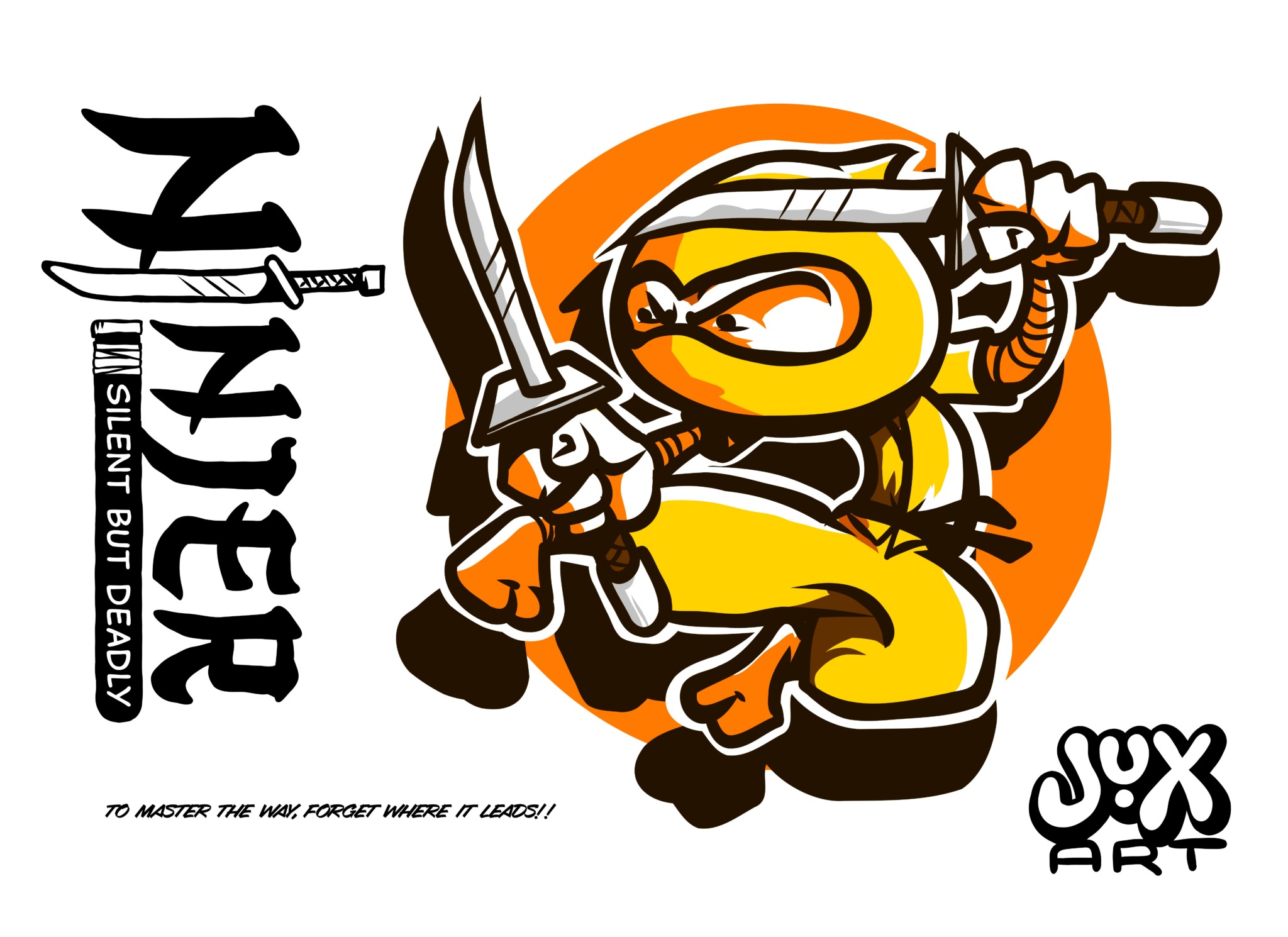
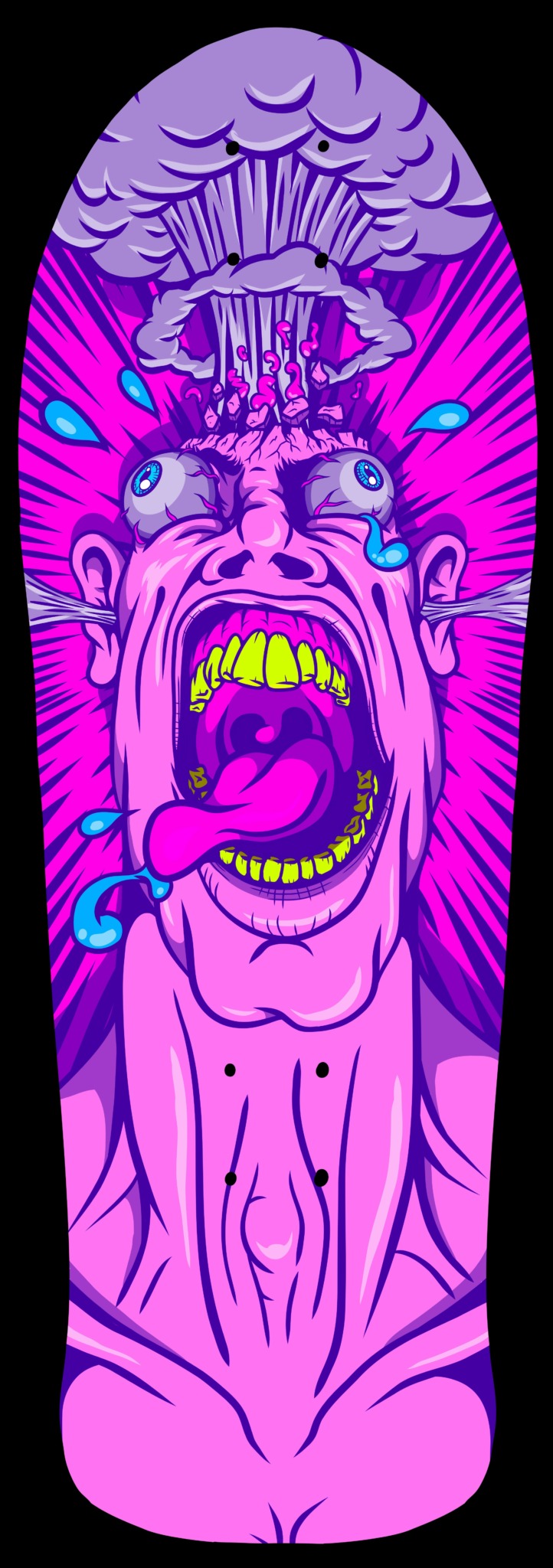
As always, we appreciate you sharing your insights and we’ve got a few more questions for you, but before we get to all of that can you take a minute to introduce yourself and give our readers some of your back background and context?
I work for myself. I didn’t come into this with “proper” credentials — at least not on paper. But more than a decade in graphic design, followed by another in sales, taught me a lot about people, storytelling, and connecting ideas. In the end, though, I got into this industry the only way I knew how: by quitting my job and diving in headfirst. I saved every penny I could and just… did it.
These days, I make most of my living as a caricature artist. It started as a way to pay the bills while building toward my bigger artistic goals — but it’s become its own thing. When I first started, I read about a street fair coming to town. I didn’t have a stockpile of paintings to sell, so I figured I’d just draw on the spot. It was an overwhelming success and gave me the confidence to keep going.
Beyond caricatures, I illustrate. That’s a big umbrella for me — I’ve recently illustrated a children’s book, worked with businesses, clubs, and even my city’s recreation department. My work blends nostalgia, whimsy, and symbolism in a way that helps people see themselves in a new light.
Right now, the project closest to my heart is a completely free monthly mini-zine — a digital comic I publish on my website. It’s playful, surreal, and personal. Alongside the zine, I create stickers, cards, and prints, which help support the time and energy I pour into making it. Of everything I do, this comic book represents me the most — my sense of humor, my creative voice, and my love for telling stories.
What sets me apart is the personal connection behind my work. Whether I’m drawing someone’s portrait, designing for a client, or creating my own stories, I focus on making art that feels meaningful and memorable. My slogan says it best:
“Your passions. Your story. My art.”
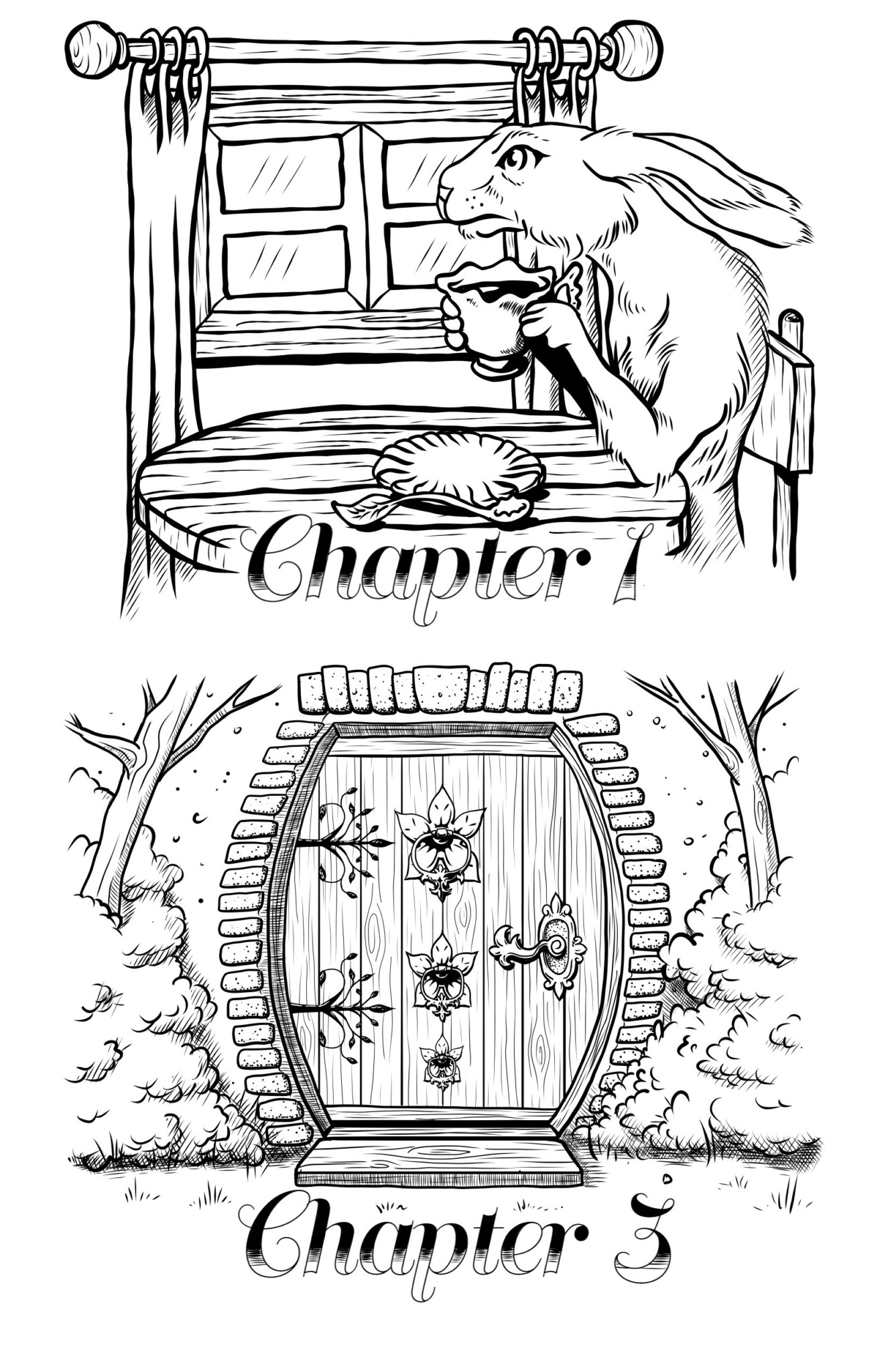

Is there something you think non-creatives will struggle to understand about your journey as a creative? Maybe you can provide some insight – you never know who might benefit from the enlightenment.
Growing up, I learned that being creative was great as a hobby — but not as a career. I accepted that view for most of my life, so in a way, I’ve struggled to understand the creative journey myself.
But at some point, I realized something important: every personal journey hits the same notes. Whether you’re a creative, an investor, a lawyer — it all comes down to having the will to see your dreams through to the end, if you dare.
The idea that a creative path is somehow “different” is a myth. Different from what? We’ve had creative people making a living since the beginning. Study history and you’re literally studying creative expression — architecture, writings, paintings, sculptures. It’s the second oldest profession in the world.
I had to demystify that for myself before I understood that I was in good company — and that creating isn’t some indulgence; it’s perfectly natural to the human race.
So if someone has a hard time understanding the creative journey, I’d tell them this: go spend an afternoon in a museum. Everything you see there was made by someone who dared to believe this path was worth it.

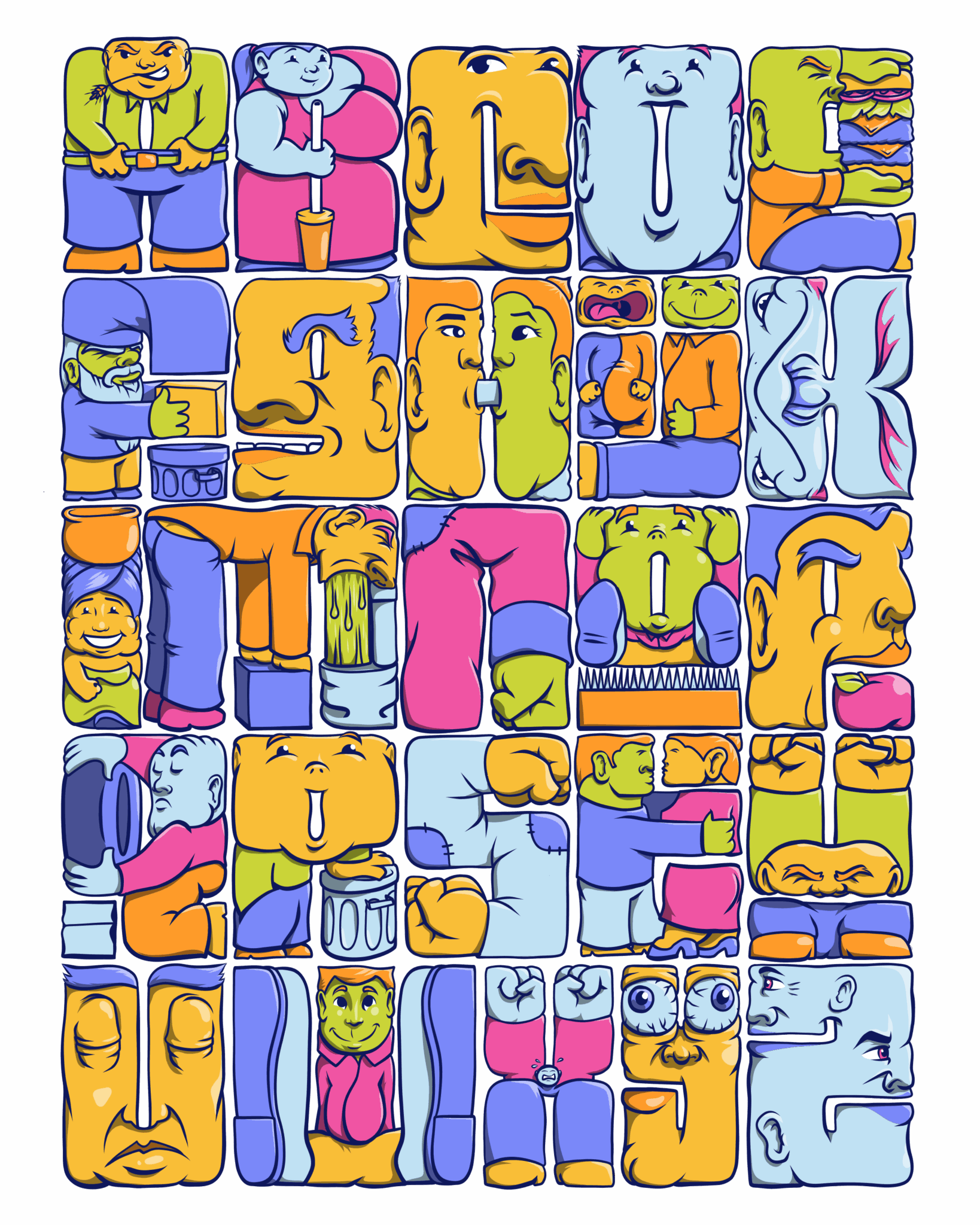
Have any books or other resources had a big impact on you?
I watch Ten Hundred on YouTube. He’s an artist, and he’s very talented… but technically? I don’t see anything he does that I couldn’t do myself in my own way. And that’s the point — seeing someone do it gave me the push to start my own path in art.
As for books, one that really shaped my thinking is Dying With Zero by Bill Perkins. It’s about how experiences are worth more than money. I actually stumbled across it while Googling “Can money buy happiness?” (spoiler alert: it can).
Both of these — Ten Hundred’s example and Perkins’ perspective — sum up how I went from quitting my job to sitting here answering questions about my art.
Contact Info:
- Website: https://juxartstudio.com
- Instagram: https://www.instagram.com/juxartstudio/
- Facebook: https://www.facebook.com/profile.php?id=61558515193712
- Youtube: https://www.youtube.com/@JuxArt
- Other: https://linktr.ee/JuxStudio
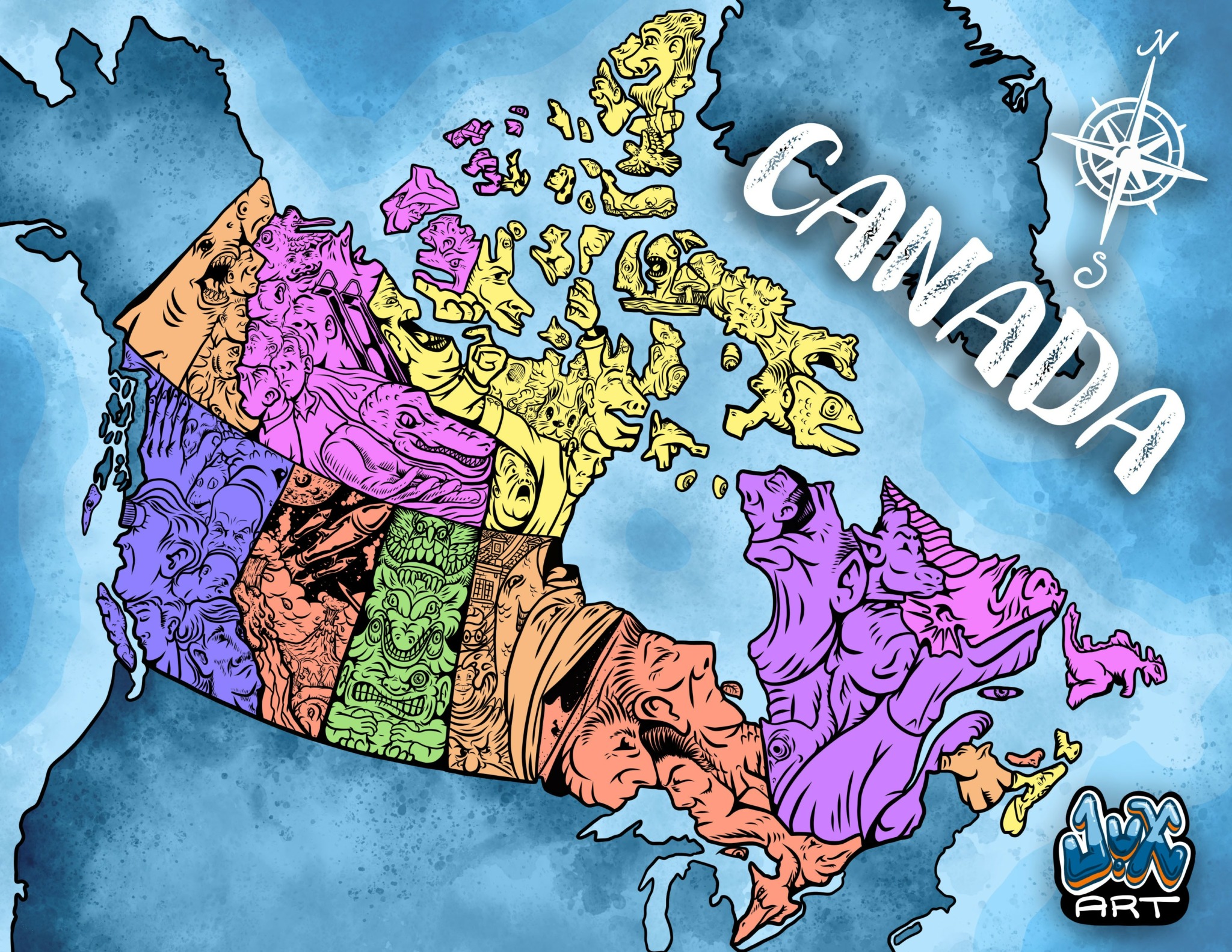
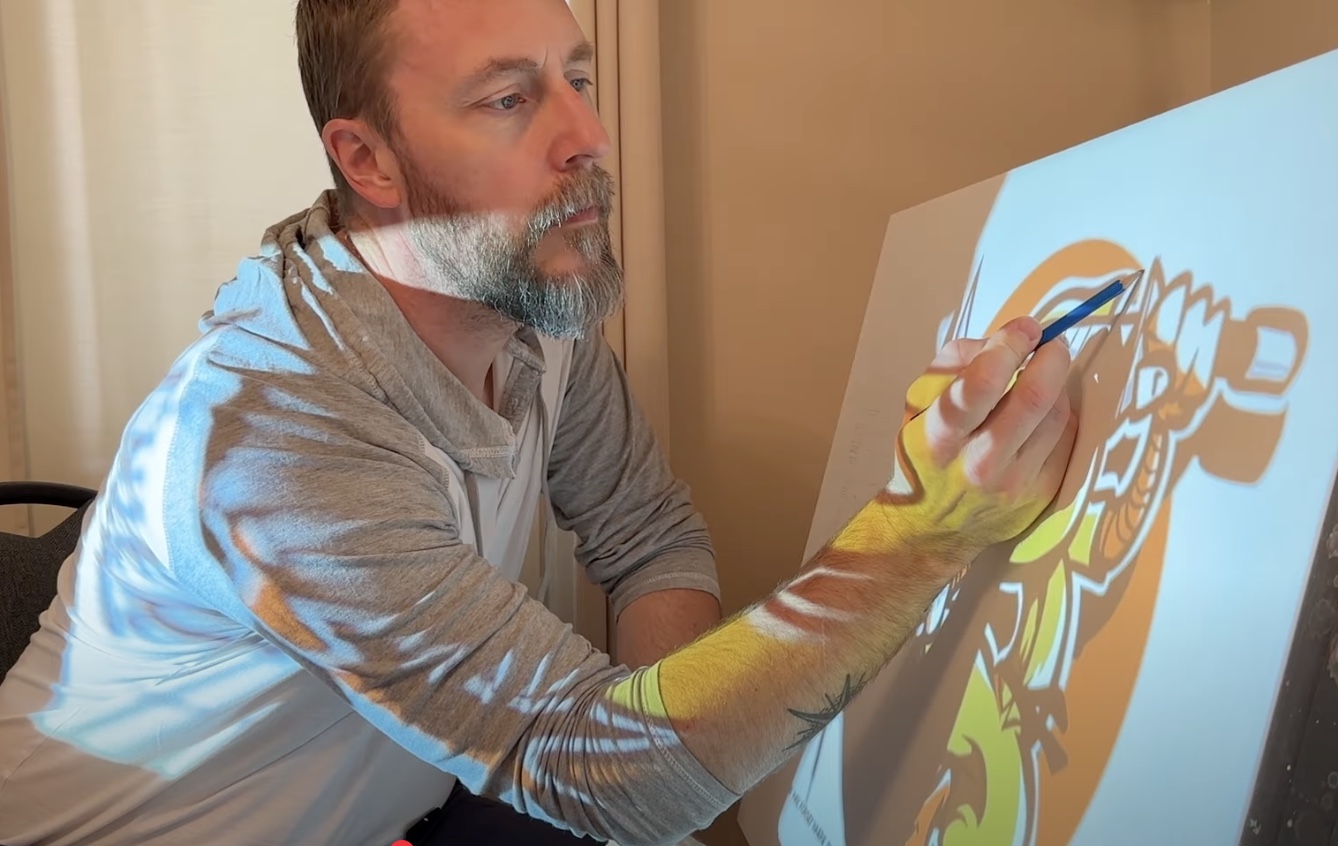
Image Credits
Jasen Bellamy – Jux Art


